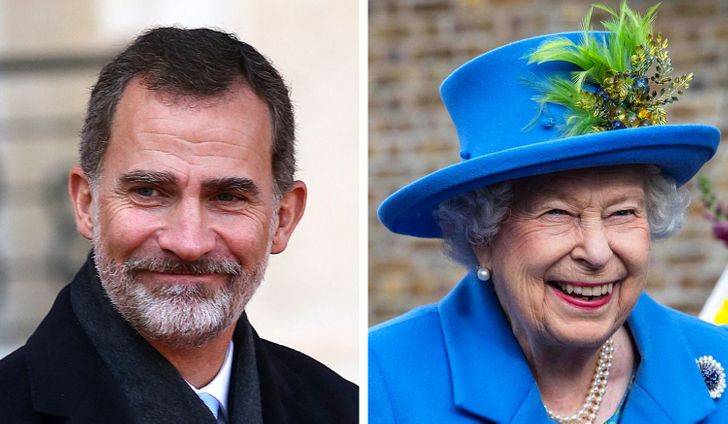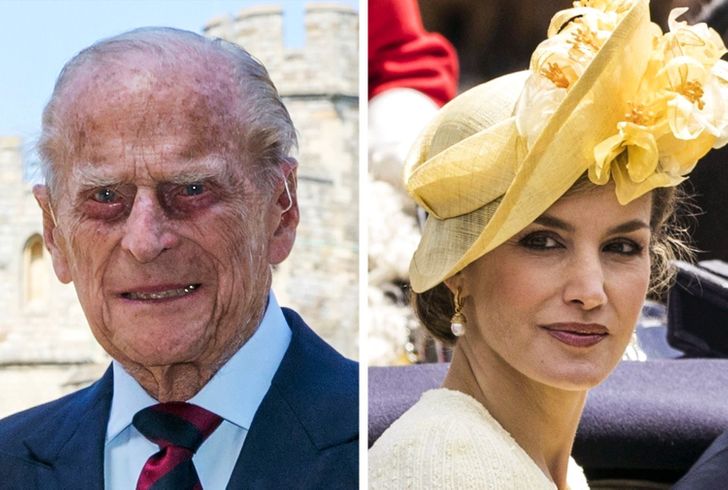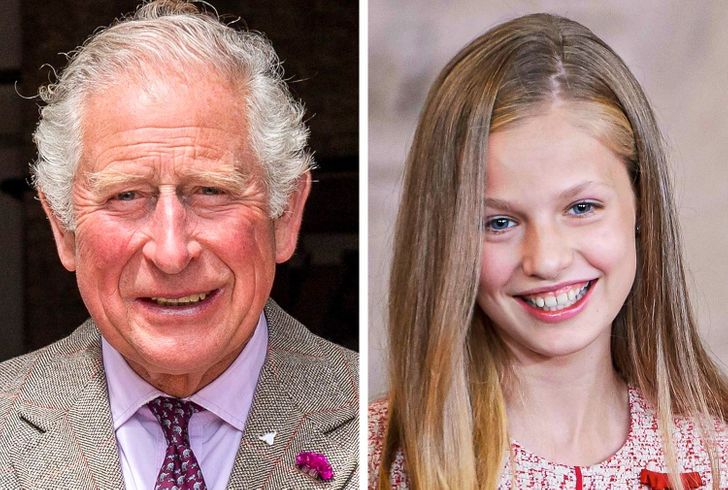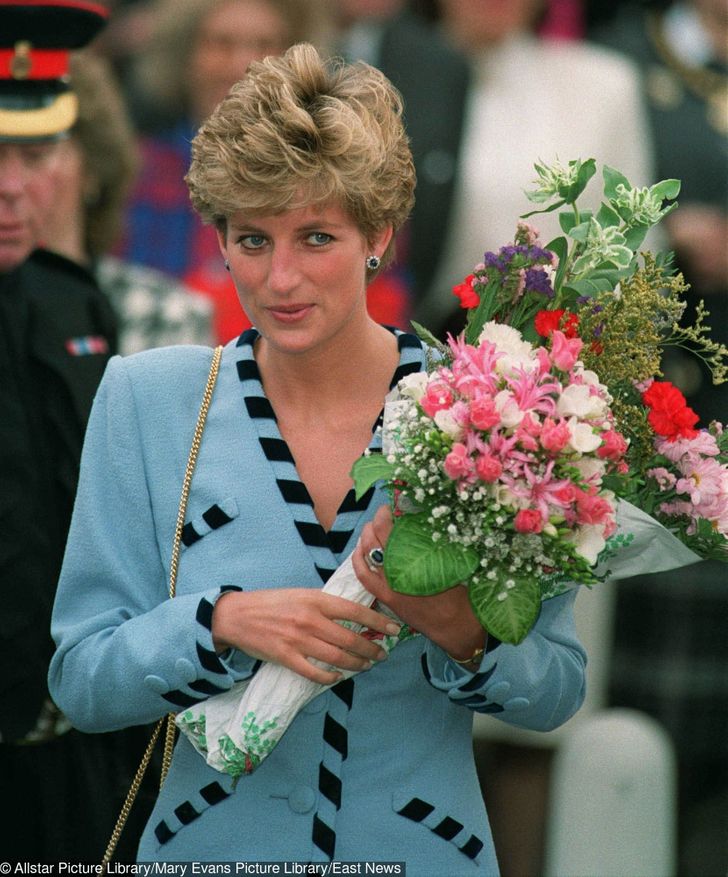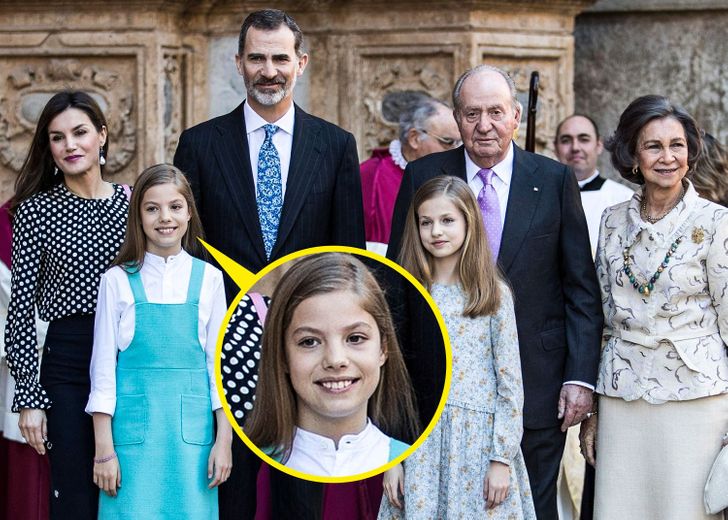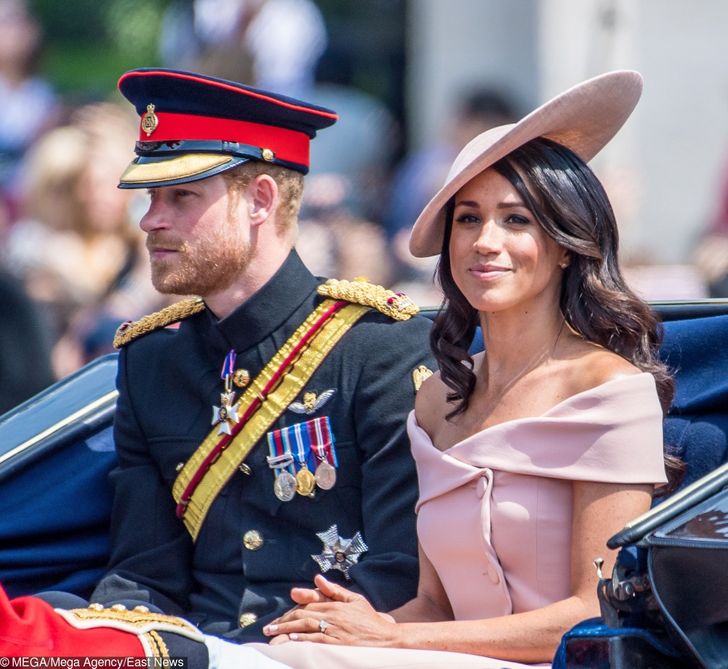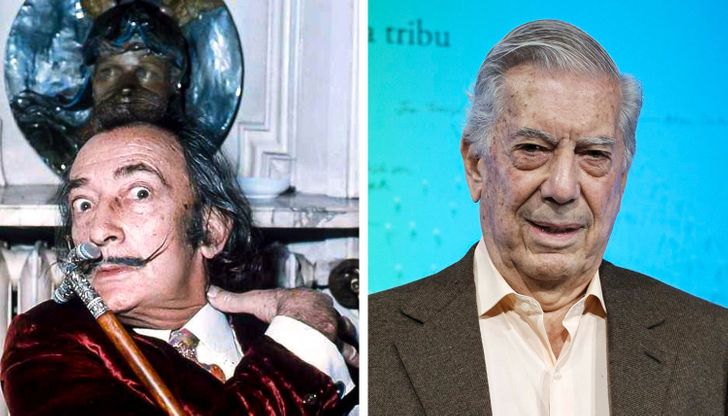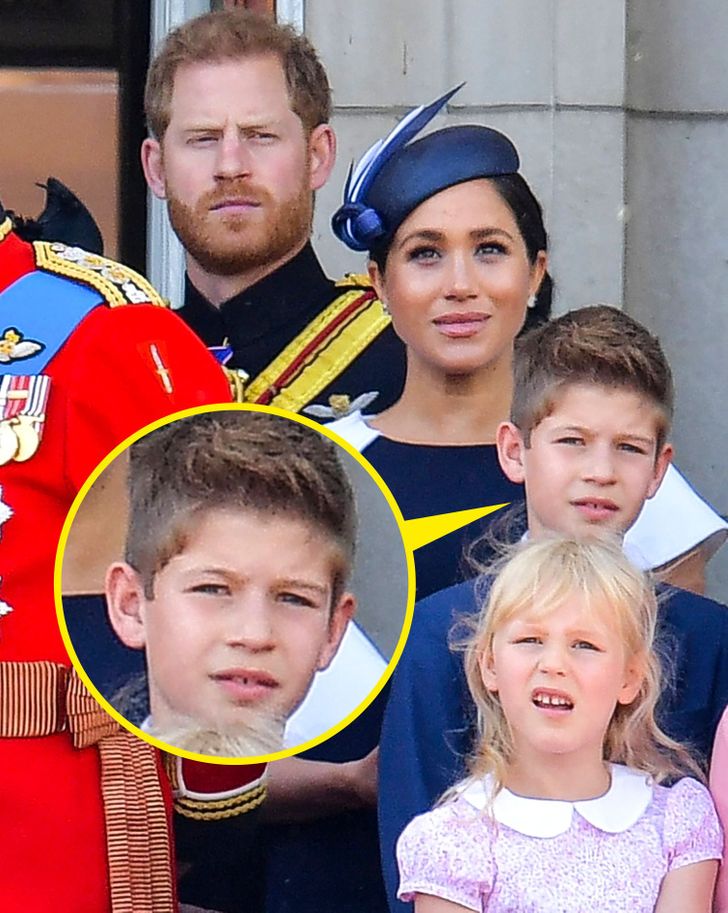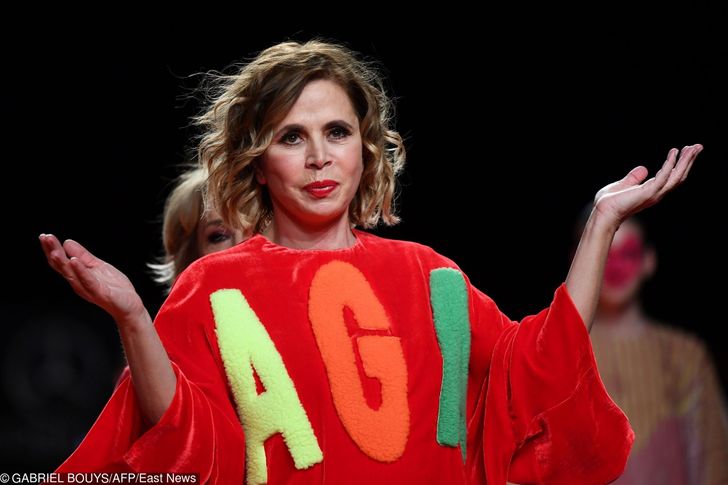Recently Sir Lewis Hamilton became a knight, was some cool news in the F1 World :D
Find Out the Meaning of Each of the Royal and Noble Titles
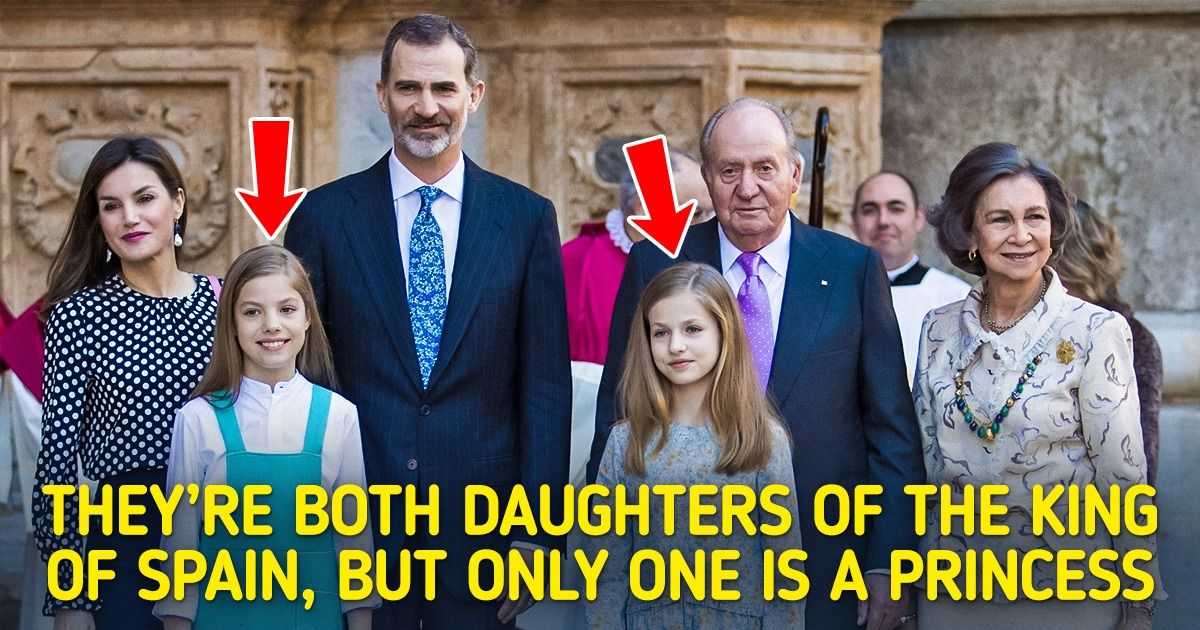
When reading the news or novels or watching movies or series like The Crown, it is common to see princesses, duchesses, counts, and marquises. These distinctions were made in the past, and unlike today, they actually came with a certain amount of legal and fiscal privileges. In modern times, their meaning has evolved into something more discreet. Nowadays, being the bearer of one of these titles does not necessarily imply having special privileges or even land, it’s just meant to be merely an honorary and symbolic distinction.
While that holds true for most titles, being a King or Queen does mean something in countries that still live under a monarchy. That’s why Bright Side took the example of Spain and the UK to explore what the meaning of each rank of nobility is. Bear in mind that this may vary from one country to another.
King or Queen
It is he or she who occupies the throne in their own right, that is, according to the rules of succession set by the Constitution (in the case of Spain), and who assumes the functions of head of state.
When the holder of the crown is a man, he is referred to as King. However, when the crown is held by a woman, she is normally referred to as the “constitutional” or “titular queen.” That’s because a woman can also become what is often referred to as consort queen in functions by marrying a King, so it’s important to differentiate them. Another synonym for king or queen is monarch. In both cases, the person holding the crown is referred to as His or Her Majesty.
Prince consort or Queen consort
When the holder of the crown is a man, his wife is appointed Queen Consort and is referred to as Her Majesty. But when the holder of the crown is a woman, her husband doesn’t get the title of King. He is appointed Prince Consort or Consort of the queen and is referred to as His Royal Highness. Both titles are kept by the consorts as long as they are still married to the King or Queen. If they become a widow, they can also keep the title.
For example, Philip of Edinburgh is Prince Consort of Queen Elizabeth II of the United Kingdom, and Letizia Ortíz Rocasolano is Queen Consort of Spain because she is married to King Felipe VI of Spain.
Prince or Princess
Prince or Princess is the royal title used to call the direct descendants of the King or Queen in functions. They are referred to as His or Her Royal Highness and it’s basically a lifetime title that cannot be revoked unless a very special circumstance arises.
In the British royal family, the heir to the throne, which would be the Crown Prince or Princess, receives a special title: Prince or Princess of Wales. Currently, the person bearing this title is Prince Charles, the eldest son of Queen Elizabeth II of the United Kingdom and her husband, Prince Philip.
In Spain, the title of Prince or Princess is only given to the person who would automatically become King or Queen should the current monarch pass away or abdicate. Just like in England, the heir to the throne has a special title: he or she is called the Prince or Princess of Asturias and, as such, receives the treatment of Royal Highness. For example, Leonor de Borbón y Ortiz is the current Princess of Asturias and is first in the line of succession to the Spanish throne because she is the firstborn of King Felipe VI of Spain and his consort, Queen Letizia.
Prince or Princess Consort
A woman who does not have a royal title can obtain it when she marries a sovereign prince. This person is referred to as a Princess Consort. Like we mentioned before, something similar happens with men, but only when they marry the Queen herself, since the title of King consort isn’t very common. Both spouses are to be referred to as Their Royal Highness as long as they are married or remain widowed.
Diana holds the title of Princess of Wales. Although Camilla of Cornwall is legally the Princess of Wales for being the current wife of Charles of Wales, the heir to the British crown. On the day the couple announced their engagement, Buckingham Palace made public their decision to let Diana keep the title, and name Camila the Duchess of Cornwall. This was meant to avoid any type of confusion, as well as to pay respect to Diana’s memory.
Infante or Infanta (only in Iberian kingdoms)
In Spain and Portugal, the title of Infante for men and Infanta for women is used to refer to the children of the king or queen that are not Prince or Princess of Asturias. So it’s basically all of the King’s descendants who are not the crown prince or princess. This title is also received by all the descendants of the prince or princess of Asturias. The treatment is that of His or Her Royal Highness.
For example, Sofía de Borbón is Infanta of Spain and second in the line of succession to the Spanish throne, being the second daughter of King Felipe VI of Spain and his consort, Queen Letizia. Sofia’s sister, Leonor de Borbón y Ortiz, is the Princess of Asturias.
Duke or Duchess
This is one of the European noble titles with which monarchs show their gratitude to certain people and it is one of the highest too. It is usually granted to children of royalty who are not heirs to the throne.
Its use also extends to legitimate spouses and to widowed spouses as long as they do not remarry. The proper way to address a duke or duchess is by calling them “Your Grace” or referring to them as His/Her Grace.
In the UK, for example, both a man a woman can be called Duke. The word Duchess is only used for spouses. So Prince Harry is also the Duke of Sussex, and by extension, Meghan Markle is the Duchess of Sussex.
Marquis or Marchioness
A Marquis or Marchiness position in the European noble hierarchy is superior to that of a count and immediately inferior to that of a duke. Its female form is marchioness, and its use is extended to the legitimate spouses of the holders.
While all Spanish dukedoms are automatically attached to the title of Grandeeship, only a few Marquessates, Countships, Viscountcies, Baronies, and Lordships have this distinction. The treatment corresponding to Marquises holding titles of a grandee of Spain, for example, is that of “His or Her Excellency,” and for the Marquises who are not appointed grandees, that of the “Illustrious Sir.” In the UK, Marquises and Marchioness are referred to as “The Most Honorable.”
One of the most famous people who accepted this title was painter Salvador Dalí. In 1982, King Juan Carlos I named him Marquis of Dalí de Púbol. Another is the writer Mario Vargas Llosa, who since 2011 receives the protocol treatment of illustrious gentleman to receive from Juan Carlos I of Spain the title of Marquis of Vargas Llosa.
Count or Countess
A count or a countess is a person who bears the noble title immediately below a Marquis or Marchioness. The title also extends to any legitimate partners of the holders. In England, a man is often named Earl instead of Count, which is its equivalent. There is no female form of Earl, only Countess. The way of addressing an Earl/Count or a Countess is of that of Lord or Lady.
An example of a Count would be Spanish aristocrat Carlos Arturo Fitz-James Stuart y Solís who is the Count of Osorno.
Viscount or Viscountess
This is the noble title immediately below that of a Count, but superior to a baron. The treatment given to its holder is that of the right honorable. A specifically British custom is the use of viscount as a courtesy title for the heir of an earl or marquess.
James Mountbatten-Windsor, Viscount Severn, is a member of the British royal family. He is the second son and only son of Prince Edward, Earl of Wessex, and Sophie, Countess of Wessex.
Baron or Baroness
This is the person with a nobility title that, in Spain and other countries, is immediately inferior to that of a viscount. Like other nobiliary titles, this one extends to the wife or husband of the person bearing the title, and their treatment depends on whether they are peers or grandees as well.
A person who has received these and other titles is fashion designer Ágatha Ruiz de la Prada. She is Marquise of Castelldosríus, grandee of Spain, and baroness of Santa Pau.
Knight or Dame
In the UK, Knight or Dame is an honorary title given to men and women whose services to the King or Queen deserve to be awarded, given their public relevance. A Knight should be referred to as Sir and a Dame as Dame. There are different orders of Knighthood.
Queen Elizabeth II has used these titles to recognize military and political leaders, and philanthropists and celebrities who have contributed to music, theater, and film, especially in Britain or British culture. Some of them are: Ringo Starr, Helen Mirren, Paul McCartney, Michael Caine, Elton John, Elizabeth Taylor, and Maggie Smith.
Do you think these titles will soon fall into disuse? If you could have one, what would it be? Would you like to live in a country that has a king or a queen?
Comments
Related Reads
10 Sassy Comebacks That Silenced Rooms in a Second
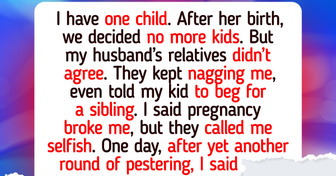
My Boss Tried to Ruin My Christmas Plans—I Got the Last Laugh

I Refused to Go to Work After a Family Emergency—HR Got Involved

I Refused to Be Humiliated in Front of My Own Family
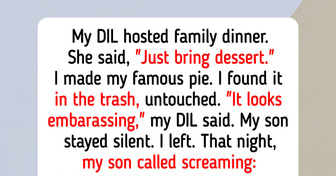
I Refused to Keep My Pregnancy Secret Just Because My Sister Lost Her Baby

10 Jaw-Dropping Stories Where One Moment Changed Everything

15 True Stories With Mind-Blowing Endings That Could Rival Hollywood

15 People Who Didn’t Want a Cat but Were Chosen by Fate Anyway

12 Stories That Prove Quiet Kindness Survives When All Else Fails

18 Stories That Show Kindness Can Be the Strongest Force of All

I Got Fired the Day Before My Vacation—And HR’s Policy Was Their Biggest Mistake

18 Stories That Prove a Cleaner’s Job Is About More Than Just Dusting

